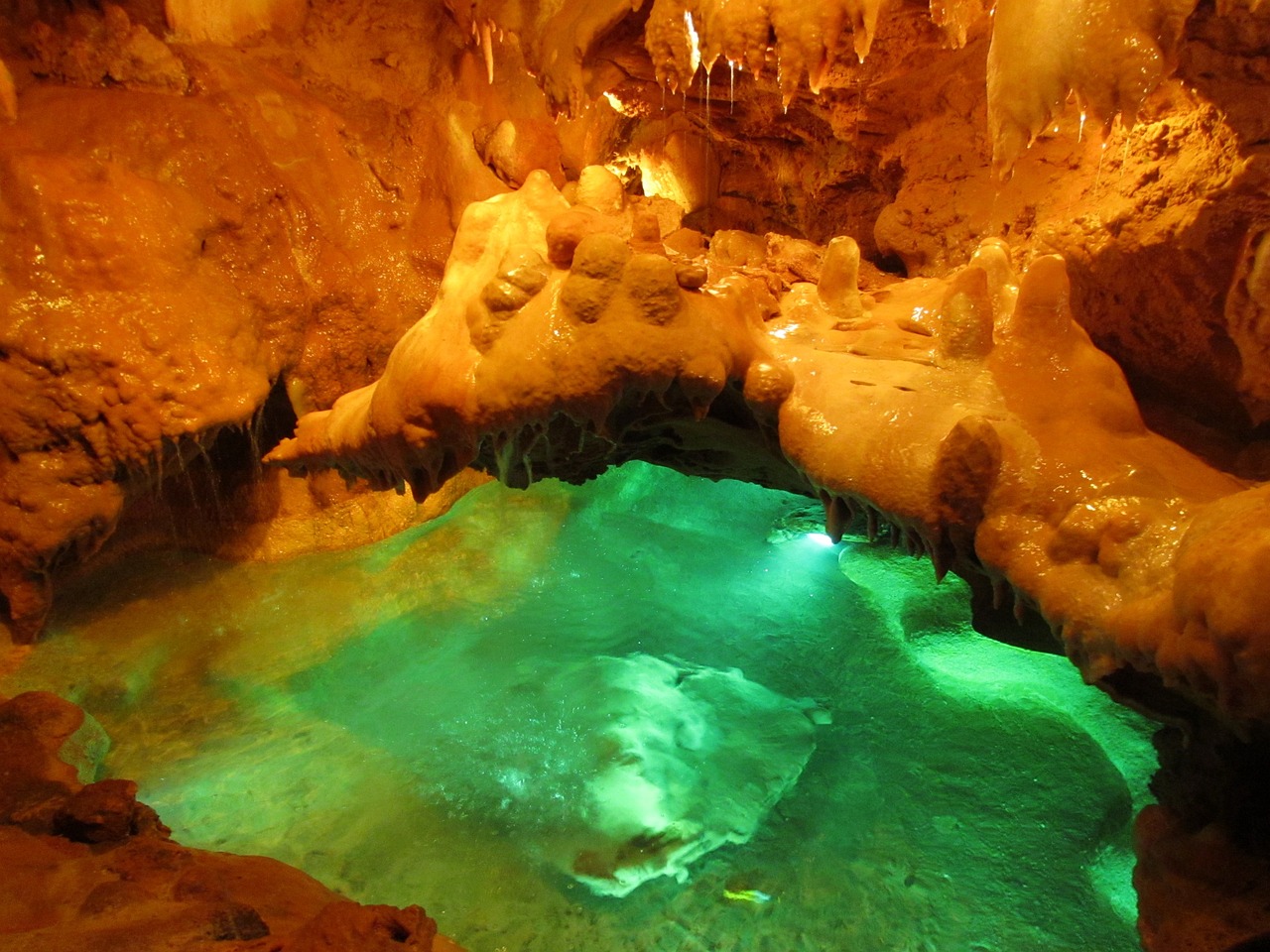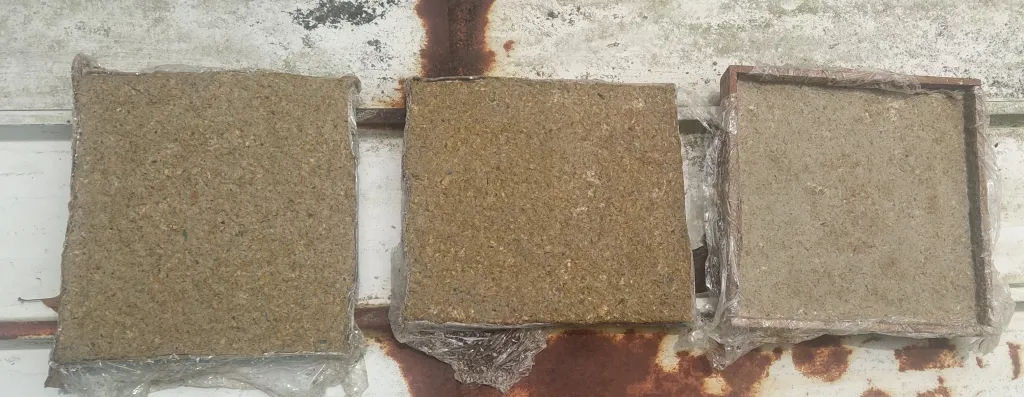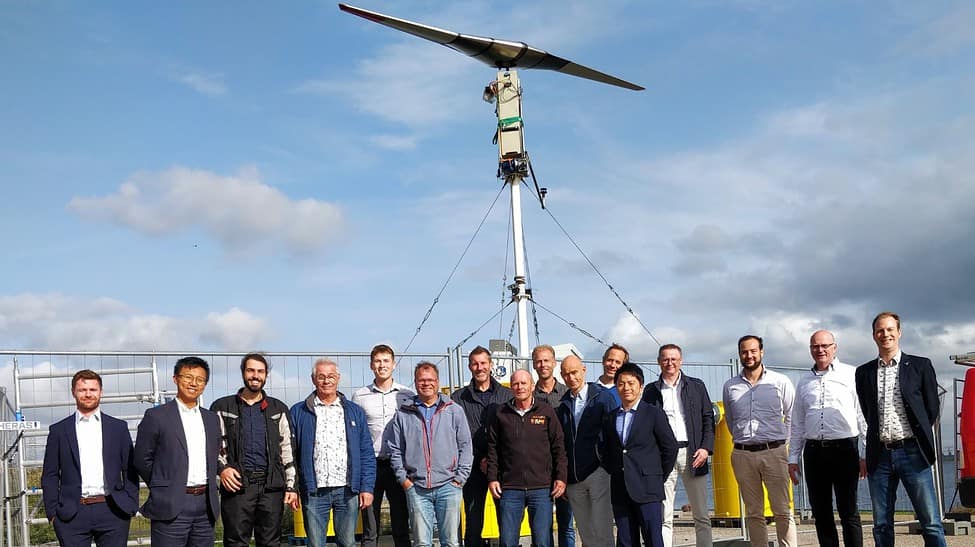Groundwater is a vital resource, providing drinking water for millions of people and supporting ecosystems around the world. However, our reliance on this resource comes with a significant cost: overpumping poses a serious threat to the thousands of unique species that call the subterranean world home.
Recognizing Groundwater Ecosystems
Worldwide, we extract nearly 1,000 cubic kilometers of this age-old water annually, surpassing its natural replenishment rate. Approximately one-third of the planet’s major groundwater basins face distress, experiencing ongoing declines in water levels. This poses a significant threat to the myriad species inhabiting these underground environments, such as cavefish, blind eels, blind beetles, and translucent crustaceans, all of which depend on groundwater.
Unfortunately, there is minimal protection in place for these species on a global scale. However, it’s crucial to recognize that groundwater ecosystems play a pivotal role in supporting surface ecosystems. Recent research conducted indicates the urgency to address these issues.
Sustainable Solutions for Groundwater Management
To safeguard underground species and ensure the enduring sustainability of groundwater resources, implementation of sustainable groundwater management practices is paramount. This involves vigilant monitoring and regulation of groundwater extraction rates, advocacy for water conservation, and the initiation of recharge projects to replenish aquifers.
In conclusion, groundwater stands as a precious resource vital for human life and the diverse underground species it nurtures. Yet, the peril of overexploitation poses a substantial threat to these species. Through the adoption of sustainable groundwater management practices, we can harmonize the fulfillment of our water requirements with the preservation of the intricate underground ecosystem.







